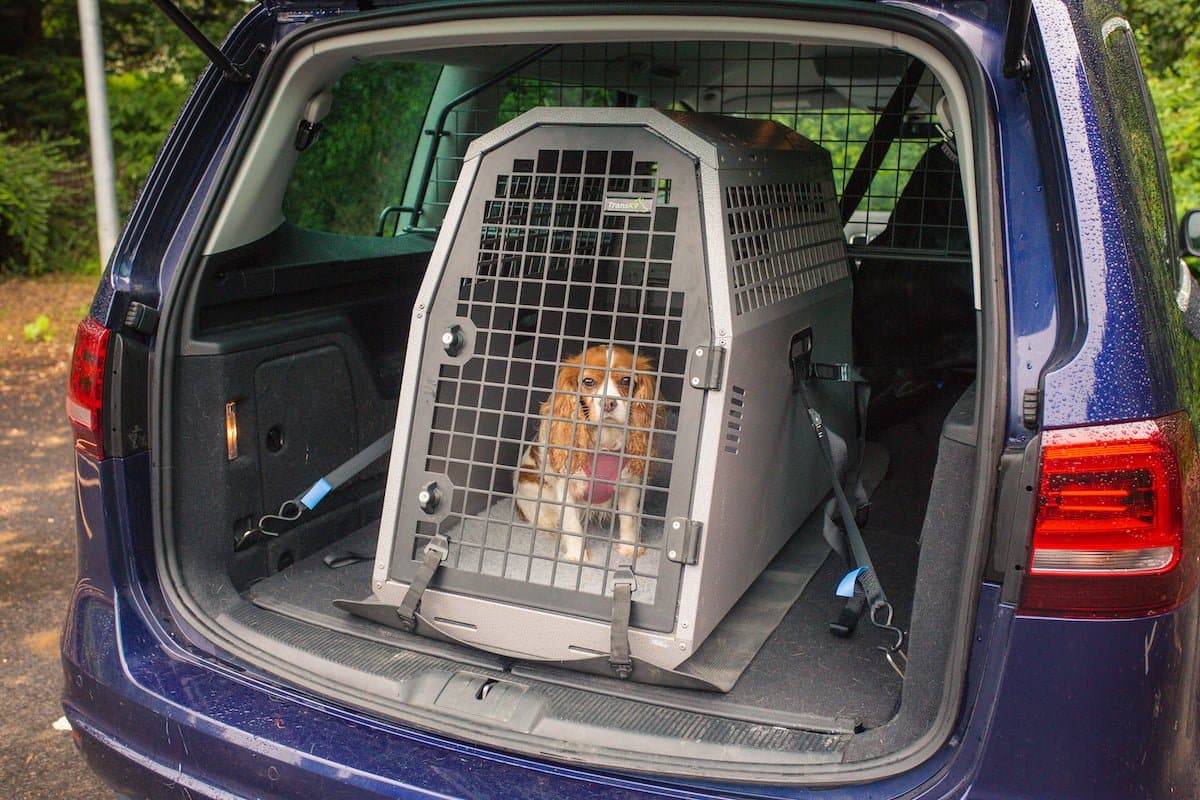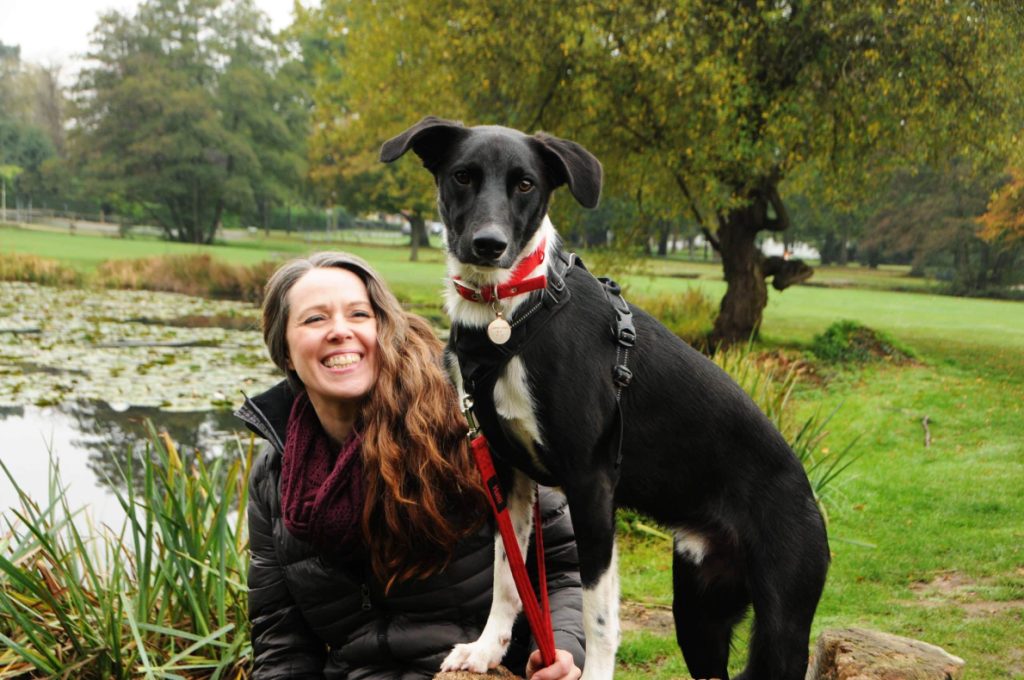Is your pet safe when they travel in the car?
Would you like to find out how you can make sure you minimise risk of injury should a crash occur for both you and your pet?
We’ve known about seatbelts and keeping ourselves safe when traveling in cars for nearly 30 years.
But millions of pets across the country are riding around loose in cars, putting them at risk of injury and even death.
Most pet owners don’t even know about travel safety and one woman is on the mission to change this.
Claire Harris from Pets2Places is the founder of Pet Travel Safety Day which takes place on July 1st, the same date that wearing a seatbelt in the UK became compulsory in 1991.
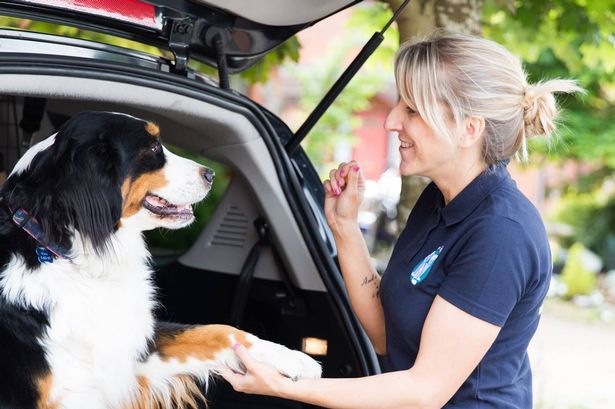
Another survey by Ford found 45 percent of dog owners don’t secure their dog every time they drive and more than half let them roam free on EVERY journey.
Asked why, 29 percent said their dog didn’t like being strapped down or in a crate, and one in four said it was pointless on a short journey.
Another 17 percent said they could not fit a dog crate, but in the event of a crash, even at 25mph, a dog would be projected forward at a speed of 40 times its weight.
It’s scary to think of what might happen and highlights the need for more awareness around pet safety, particularly with the dog population now standing at a huge 11 million.
I spoke to Claire ahead of this year’s Pet Travel Safety Day to find out all about her campaign.
Hi Claire, thanks so much for talking to me about Pet Travel Safety Day.
Can you tell me a bit about your background?
I’m a dog mum and animal lover, I’m 45, and I live in Milton Keynes,.
And eight years ago I decided to set up a pet taxi service, Pets2Places and it’s now grown into a franchise where people can set up their own pet taxi business with my support.
When did you realise pet travel safety was a problem?
It’s only when I started this role I recognised that the way people transport their pets is actually quite dangerous.
There was a lady who would turn up in a taxi with a cat basket on her lap and I doubt the airbag was switched off.
Can you imagine the damage to her and the cat if they were in an accident and the airbag went off!?
I was already offering the Pet Taxi service and had covered all the legalities before I started.
But after seeing the problem, I dedicated my time to researching more and more into different equipment, and different ways of traveling.
Not just to make sure I used the best equipment, but also what would be the best for the pet in terms of their comfort and needs to be met.
Where did the idea for Pet Travel Safety Day come from?
I realised there were so many misconceptions about safe travel and I’d seen other awareness days, and decided to make my own.
People don’t transport their pets wrong because they don’t care, they simply don’t know enough. It’s like life before seat belts and airbags.
We had no idea looking back how dangerous what we were doing was. It’s the same with pets.
For instance, if we put the cat in a plastic carrier on the back seat, in an accident the cat would become a projectile.
If we get in the car and pop the dog on the back seat we might think that’s ok, but in an accident they become a projectile and the bigger the dog the more force is behind it.
Pets that aren’t safely secured could become dangerous to us too, as their bodies are projected with the motion – it just doesn’t bear thinking about.
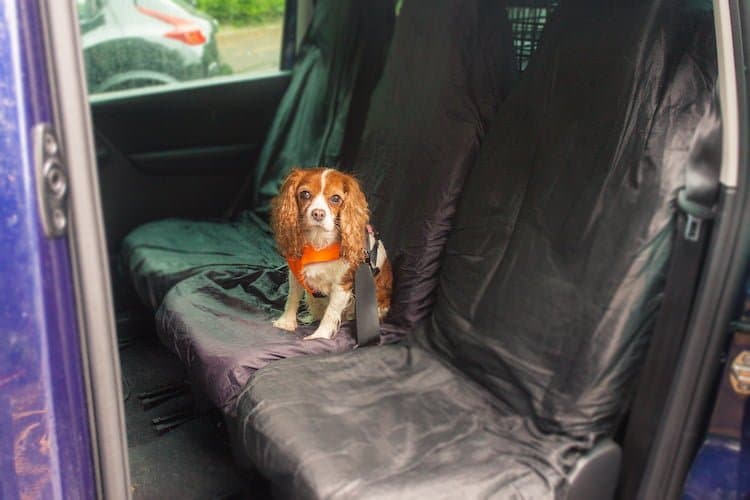
Can you explain the law around pets travelling safely?
The Highway Code states dogs must be restrained, and gives a few examples.
But what isn’t clear is if you are using the wrong equipment, so if it’s not crash tested, the equipment won’t protect the pet.
You can also be fined up to £2500 if you’re involved in an accident and your dog hasn’t been suitably restrained.
The Highway Code is looking at it from the perspective that they don’t want drivers to be distracted.
I genuinely don’t think anyone has thought of the consequences of the size of a dog not being restrained correctly and the damage they could do.
Whatever size your dog, if they went through the windscreen there’s the potential of causing more accidents not to mention the suffering they would endure.
And if they were in a car accident and were loose and escaped, they could be hit by other cars or go missing, it’s just so scary.
Do you have a mission when it comes to Pet Travel Safety Day?
I hope the day will raise awareness, with people sharing the message on social media.
Beyond July 1st, I hope that the message will resonate and pet owners will consider how their pets travel, and use equipment to keep them safe.
It’s just like the ‘Clunk Click’ campaign years ago to encourage people to wear seat belts before it officially became law to wear them.
I want people to realise that transporting their pets the correct way could save their pets life and the wellbeing of the other people in the vehicle.
One day, I hope with education we can see a change in the law on transporting pets so that every pet out there has to be transported using crash tested equipment.
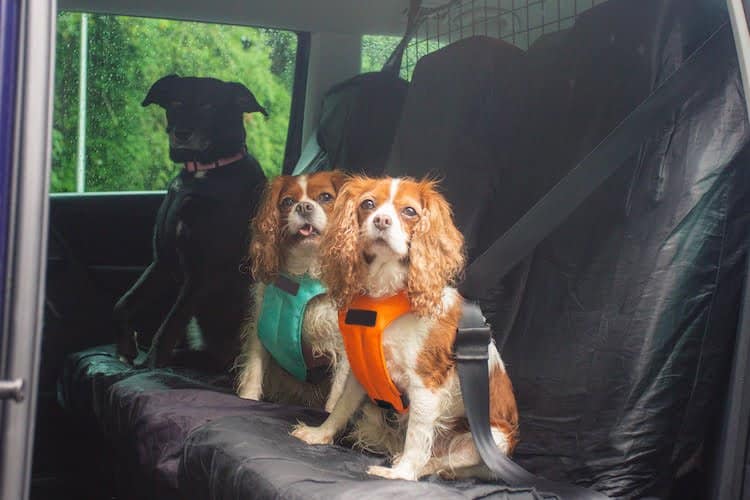
On Pet Travel Safety Day, what kind of things can we expect?
There will be lots of educational posts going out around the time of the day, and I’ll be highlighting examples of crash tested equipment people can use.
It’s about sharing the choices people have and I’m in the process of designing and manufacturing pet transport equipment based on my own expertise and knowledge.
I’ll highlight affordable options that are designed with the animals comfort in mind as well as safety.
How can owners make sure pets travel safely?
Medium, large, giant breed dogs should be in boots with crash-tested dog guards and I’d recommend crash-tested crates for medium or small dogs.
There are crash-tested harnesses you can use for the back seat with small dogs which are attached to the seat belt.
For cats, they should always be on the floor behind the driver or passenger seat unless you have a specific crash-tested crate that can be used with a seat belt.
Brands I recommend are Travall for dog guards and TransK9 for crates. Suitable harnesses include Sleepy Pod, Kurgo. Ezy Dog, Easy Rider and Ruffwear.
For cats, currently Sleepy Pod are the only crash-tested cat carrier so I normally recommend the wire basket ones which can be positioned on the floor.
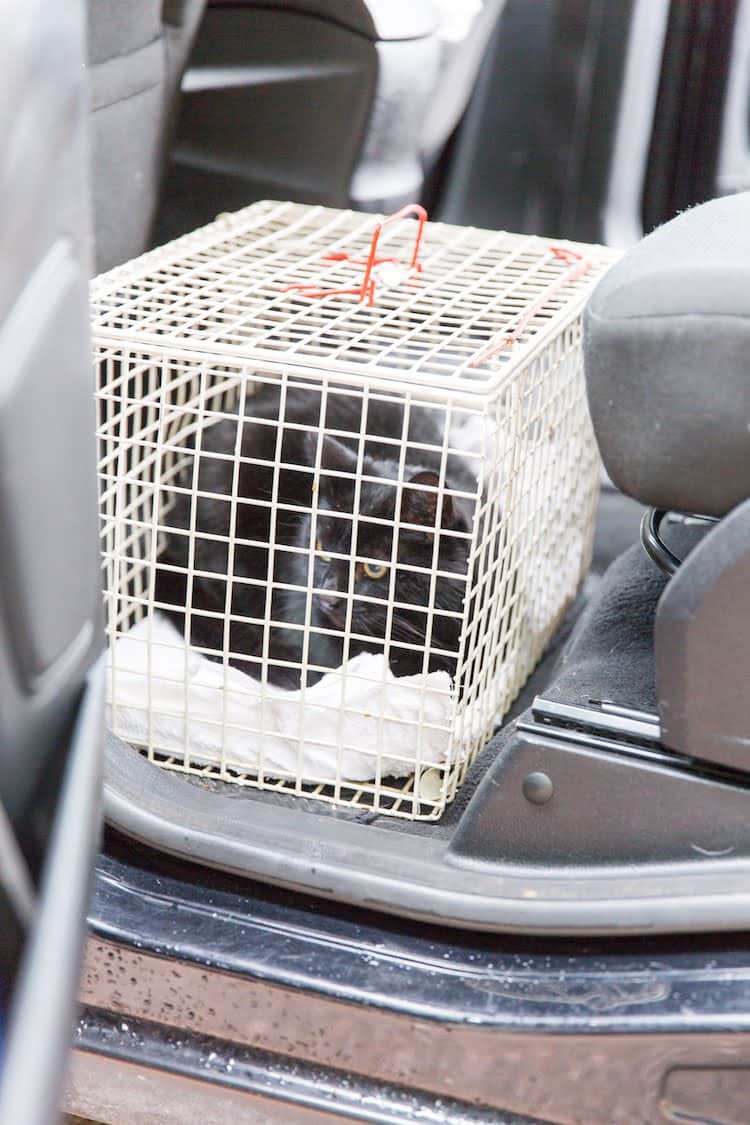
Do you have a message for pet owners?
We love our pets, they give us so much happiness but they depend on us for everything and it is our duty to keep them safe.
We’ve protected ourselves with seat belts, now let’s start protecting our pets with the same.
Join in Pet Travel Safety Day on July 1st by sharing posts on social media around the issue using the hashtag #pettravelsafetyday
To find out more about Pet Travel Safety Day visit: www.pets2places.co.uk/pet-travel-safety-day/
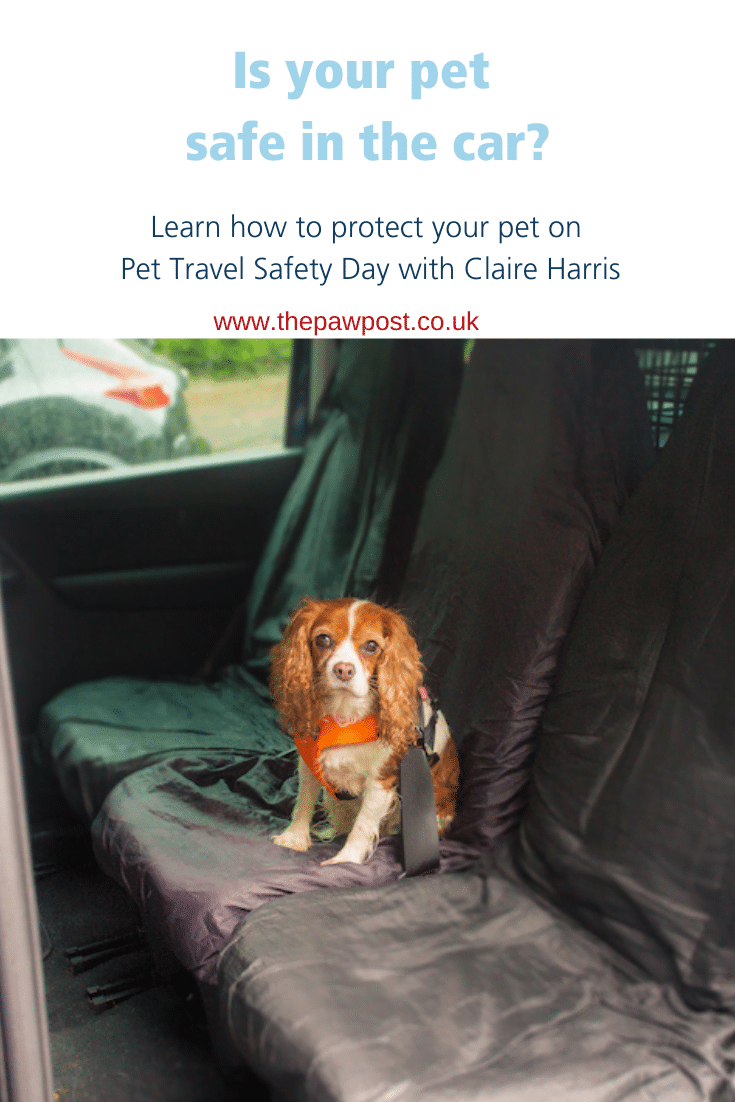
If you enjoyed this post, you might like to read How to prepare for a dog friendly holiday or How to get involved with Bond With Your Dog Day.


